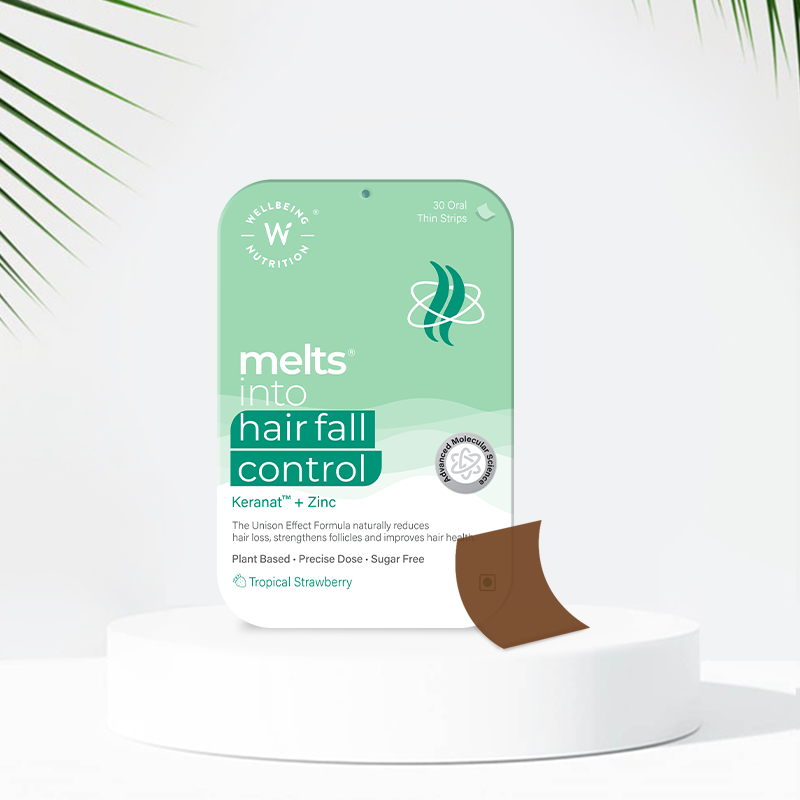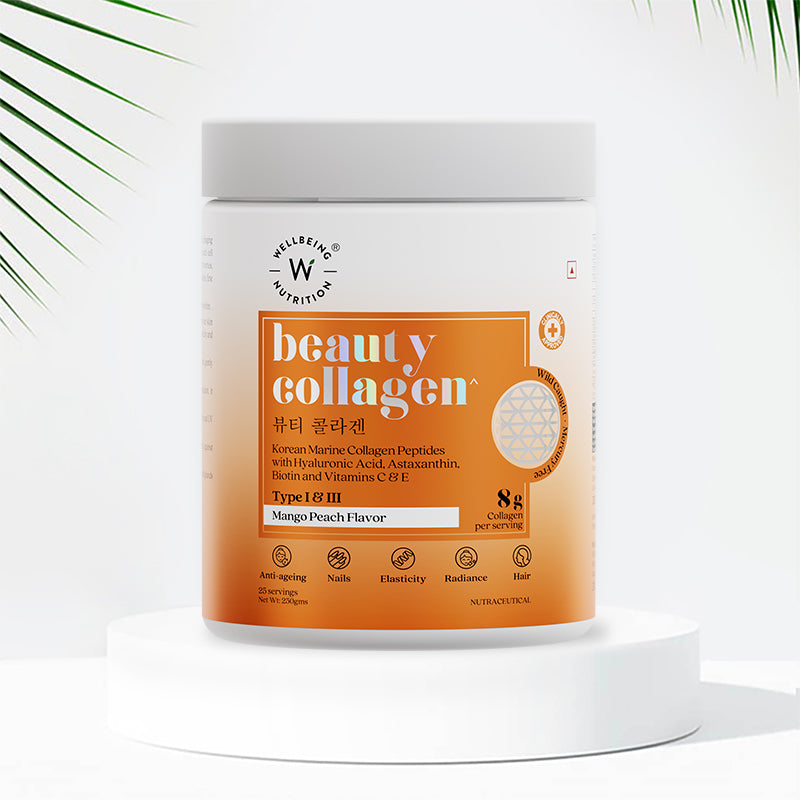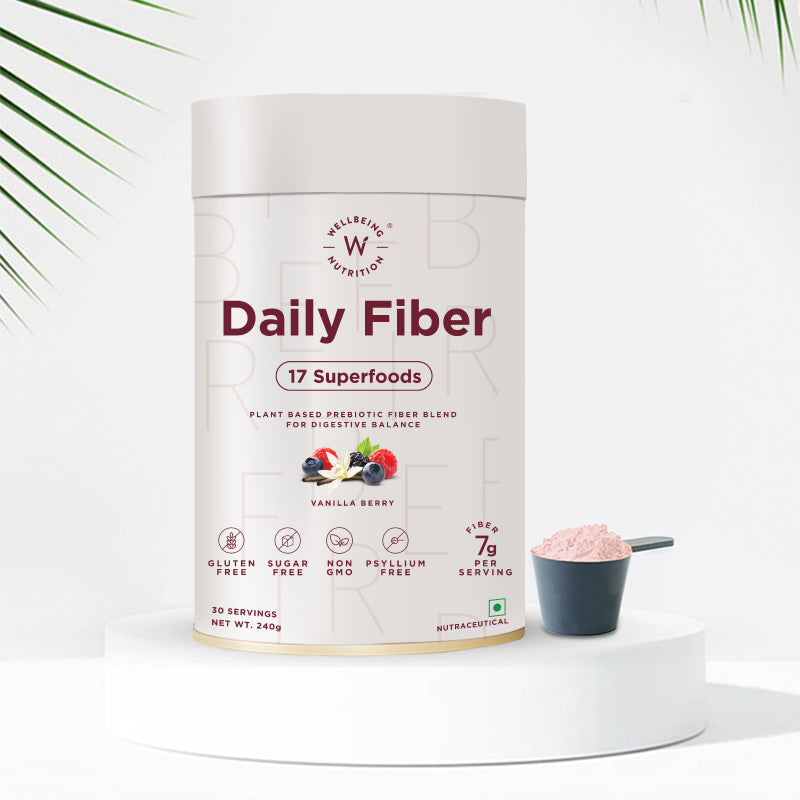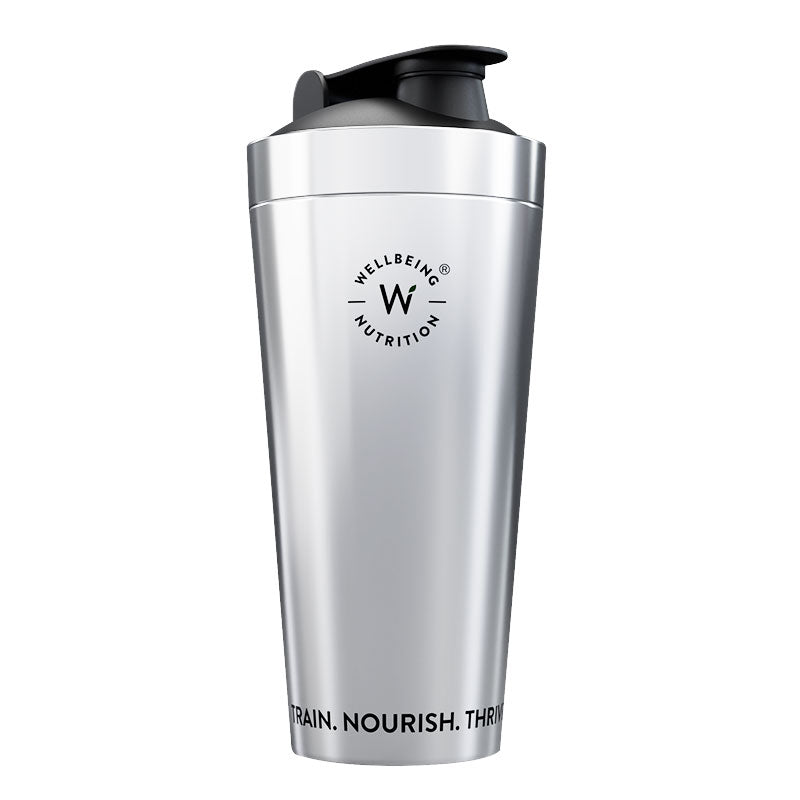3 Signs Your Children Are Lacking Omega

As a parent, it’s a good thing to keep a tab on what your kids eat. We all know how picky kids can be when it comes to eating healthy, nutritious food. Everyone knows that when given a choice, they would happily go in for junk food and desserts that have zero nutritional value.
Now we agree that it is a parent’s responsibility to keep sugar and fats to a bare minimum and choose a more balanced diet. But we hope they also know that not all fats are bad fats.
There are some good fats as well, such as omega-3 fatty acids, which are one of the very vital nutrients your kid needs for his/her overall health and wellbeing.
Failing to include it in your kid’s daily diet can lead to possible deficiencies, which could then manifest in the form of irritability, anxiety, and even difficulty in remembering things among kids.
In this blog, we shall see what omega-3 fatty acids are, the foods that are rich in this vital nutrient, their importance in kids’ health, symptoms of its deficiency among kids, and the best omega-3 supplement for them. So without much adieu, let’s get started.
What Are Omega-3 Fatty Acids And Why Are They Important For Kids?
Omega3 fatty acids are a family of polyunsaturated fats that are essential for the healthy growth and development of children, as much as they are vital for adults.
These are also known as essential fatty acids, which we commonly call good fatty acids. Unlike the bad fats, this group of essential fatty acids must feature in your kids’ as well as your daily diet.
These essential fatty acids (EFA) cannot be synthesized in the body and therefore must be provided by the food one consumes. Now usually there are two families of EFA, omega-3 fatty acids as well as omega-6 fatty acids.
Now ideally one’s diet must maintain a healthy balance of omega-3 and omega-6 fatty acids, but out of the two, the former is considered to be the healthier one, especially when it comes to one’s cardiovascular health.
It is also known for its anti-inflammatory properties, unlike omega-6 fatty acids, which is said to be pro-inflammatory. Apart from that, omega-3 fatty acids are also known for producing hormones that regulate blood clotting, improving cognitive health, helping control auto-immune diseases like eczema, lupus, and rheumatoid arthritis, among other things.
Just like adults, kids too can benefit from consuming omega-3 fatty acids. In fact, omega-3 fatty acids are especially beneficial for kids' cognitive health. They are known to improve sleep quality and memory as well as reduce symptoms of Attention deficit Hyperactivity Disorder (ADHD) and asthma. They are also an energy source and strengthen the child’s immune system.
But how do you know if your child is deficient of omega-3 fatty acids? Well, given below are three major signs or symptoms that show your child is omega-3 deficient.
Signs & Symptoms Your Children Are Lacking Omega
Here are a few common signs and symptoms that show your kids may be suffering from omega-3 deficiency.
-
Vision Problems
If your child is complaining of dry eyes or blurry vision, you may want to get that checked to see if omega-3 deficiency is the possible cause behind it. Omega-3 fatty acids play a vital role in eye health.
There’s ample research available that shows how they can improve the eye’s oil film that’s produced by the small glands present on the edge of one’s eyelid, also known as the meibomian glands. In the absence of sufficient omega-3 fatty acids in the body, the eye glands don’t produce enough oil, thereby causing one’s eyes to dry up.
The moisture content in the eye also drops significantly, further affecting the eyes’ natural tear production. This causes eye discomfort along with disturbances in vision. A doctor’s consultation is a must if these symptoms surface and he/she may also prescribe omega-3 supplements to help relieve dry eye syndrome upon diagnosis.
-
Increased Symptoms of ADHD
ADHD is among the most common neurodevelopmental disorders of childhood. According to a 2020 data brief from the National Center for Health Statistics, the worldwide ADHD prevalence in children is estimated at about 5-6 percent.
For the uninitiated, ADHD is a common neurodevelopmental disorder, which is linked to symptoms such as hyperactivity, inattentiveness, difficulty in concentrating, and anxiety. If ADHD symptoms are not arrested at a young age, the symptoms could exacerbate depression in adulthood.
If your kid shows any or all of the abovementioned ADHD symptoms, you could consult a doctor and start giving him/her omega-3 supplements.
Some research indicates that omega-3 supplements could, in fact, have a positive influence on children with acute ADHD symptoms. A 2017 research published in Journal of Lipids revealed that omega-3 fatty acids bolstered memory, improved attention, sleep quality, and learning abilities, reduced instances of impulsiveness and hyperactivity among those affected with ADHD.
-
Weak Immune Function
Studies show that children with omega-3 fatty acids have a weak immune function and fall sick very often. There’s research, which shows that omega-3 fatty acids can help rebuild the cell membrane (or lipid rafts) in T-cells (immune cells), which means that consuming omega-3 foods or supplements can strengthen the immune cells.
According to a study by Britain's Institute of Human Nutrition and School of Medicine, omega-3 fatty acids increase the activity of phagocytes—cells that fight flu by eating up bacteria and increase airflow as well as protect lungs from colds and respiratory infections and disorders like asthma. If your kid is falling sick too often, then perhaps you would want to check if his omega-3 levels are within a healthy range or not.
Providing plenty of foods rich in omega-3s can help ensure that your child is meeting their daily requirements. Let’s look at what are the most common food sources of omega-3 fatty acids.
Sources of Omega-3 Fatty Acids
Omega-3 fatty acids are of three types, namely alpha-linolenic acid (ALA), docosahexaenoic acid (DHA), and eicosapentaenoic acid (EPA), which are essential for the body. DHA and EPA are obtained mainly from fish and that’s why they are referred to as marine omega-3 fatty acids. In short, this is easily obtained from fish omega.
On the other hand, ALA is the most common form of omega-3 fatty acid that’s present in most Western diets. It’s most commonly found in nuts (particularly walnuts), vegetable oils, flaxseeds, green leafy vegetables, flaxseed oil, and some fat obtained out of grass-fed animals. In short, this can be easily obtained from vegan omega.
Those who are allergic to fish or shellfish are advised to avoid fish oil and other fish-based supplements, like krill oil and cod liver oil. They can instead opt for vegan omega sources like flaxseed or algal oil.
If you are unable to include more omega 3 fatty acid foods in your kids’ diet, it’s advisable to consult a doctor and include a supplement to their routine to avoid deficiencies. Wellbeing Nutrition has the perfect Omega-3 supplement for kids, which you could opt for, if you’re confused which supplement to go in for. Well, we are talking about Marvel Mighty Omega Melts and Disney Frozen Omega Melts.
Marvel Mighty Omega Melts and Disney Frozen Omega Melts
Both Marvel Mighty Omega Melts and Disney Frozen Melts combine natural EPA & DHA (Omega 3) derived from wild strain micro-algae, natural Alpha GPC, lutein and vitamin E to provide kids with a healthy dose of the essential nutrient. We recommend kids of 6 years and above to have the Melts® Kids Mighty Omega and Disney Frozen Omega supplement daily.
These oral thin strips are 100% USDA Organic and plant-based, making it safe for your child. Plus, they come in yummy strawberry mint flavour, which makes them enjoyable for consumption. These melts® strips are a 100% vegan supplement which contains omega sourced from an ocean-friendly, wild strain of sustainably-grown micro-algae. Daily administration of a strip daily for atleast 6-8 weeks will start showing changes to the kid’s health.
So what are you waiting for? If you are worried about your children’s omega-3 fatty acid consumption get a pack of Marvel Mighty Omega Melts or Disney Frozen Omega Melts now!
References:
-
Gammone MA, Riccioni G, Parrinello G, D'Orazio N. Omega-3 Polyunsaturated Fatty Acids: Benefits and Endpoints in Sport. Nutrients. 2018 Dec 27;11(1):46. doi: 10.3390/nu11010046. PMID: 30591639; PMCID: PMC6357022. (https://www.ncbi.nlm.nih.gov/pmc/articles/PMC6357022/)
-
Krupa K, Fritz K, Parmar M. Omega-3 Fatty Acids. [Updated 2022 Jul 12]. In: StatPearls [Internet]. Treasure Island (FL): StatPearls Publishing; 2022 Jan-. Available from: https://www.ncbi.nlm.nih.gov/books/NBK564314/
-
Derbyshire E. Do Omega-3/6 Fatty Acids Have a Therapeutic Role in Children and Young People with ADHD? J Lipids. 2017;2017:6285218. doi: 10.1155/2017/6285218. Epub 2017 Aug 30. PMID: 28951787; PMCID: PMC5603098. (https://www.ncbi.nlm.nih.gov/pmc/articles/PMC5603098/)
-
Gutiérrez S, Svahn SL, Johansson ME. Effects of Omega-3 Fatty Acids on Immune Cells. Int J Mol Sci. 2019 Oct 11;20(20):5028. doi: 10.3390/ijms20205028. PMID: 31614433; PMCID: PMC6834330. (https://www.ncbi.nlm.nih.gov/pmc/articles/PMC6834330/)
- Choosing a selection results in a full page refresh.
- Press the space key then arrow keys to make a selection.

Consult Expert












